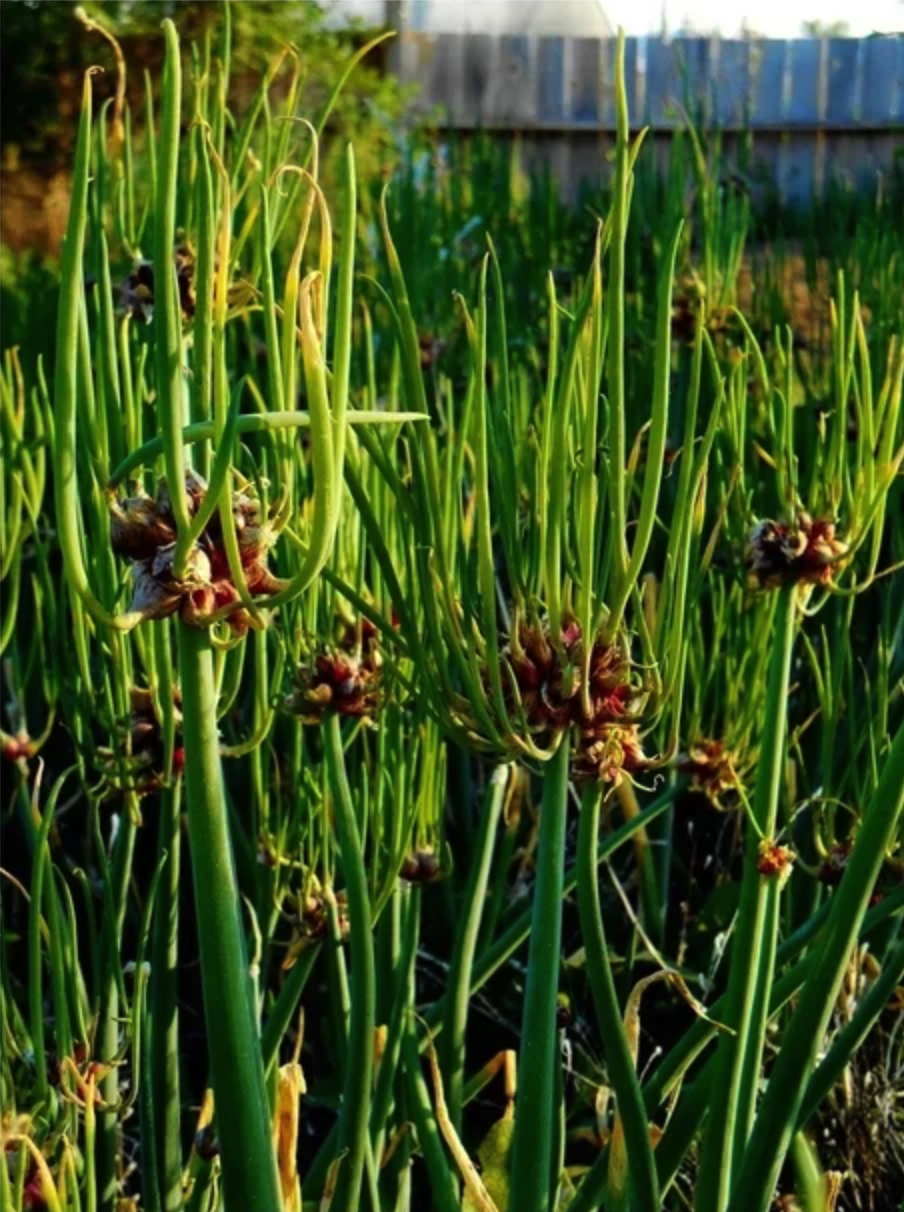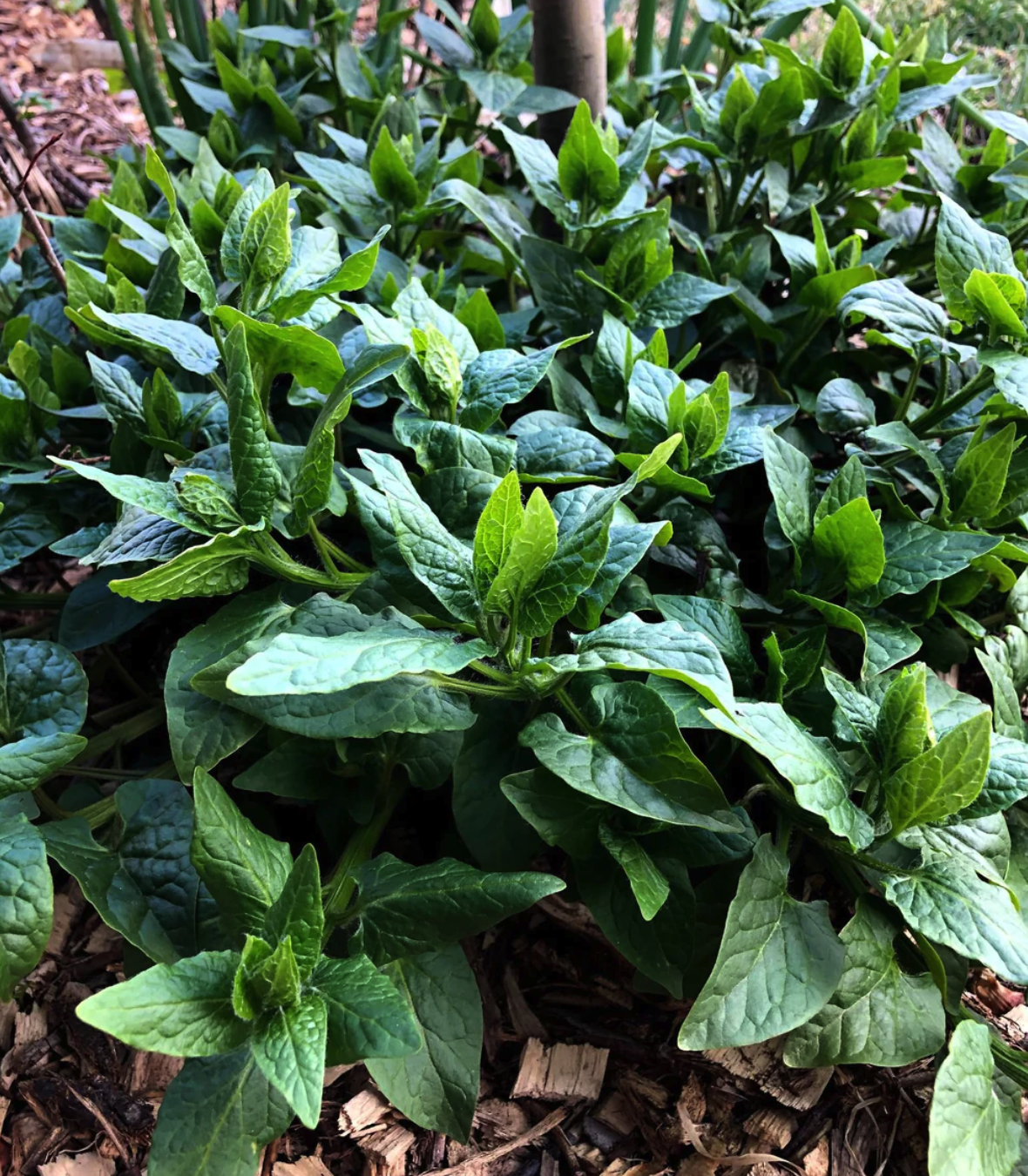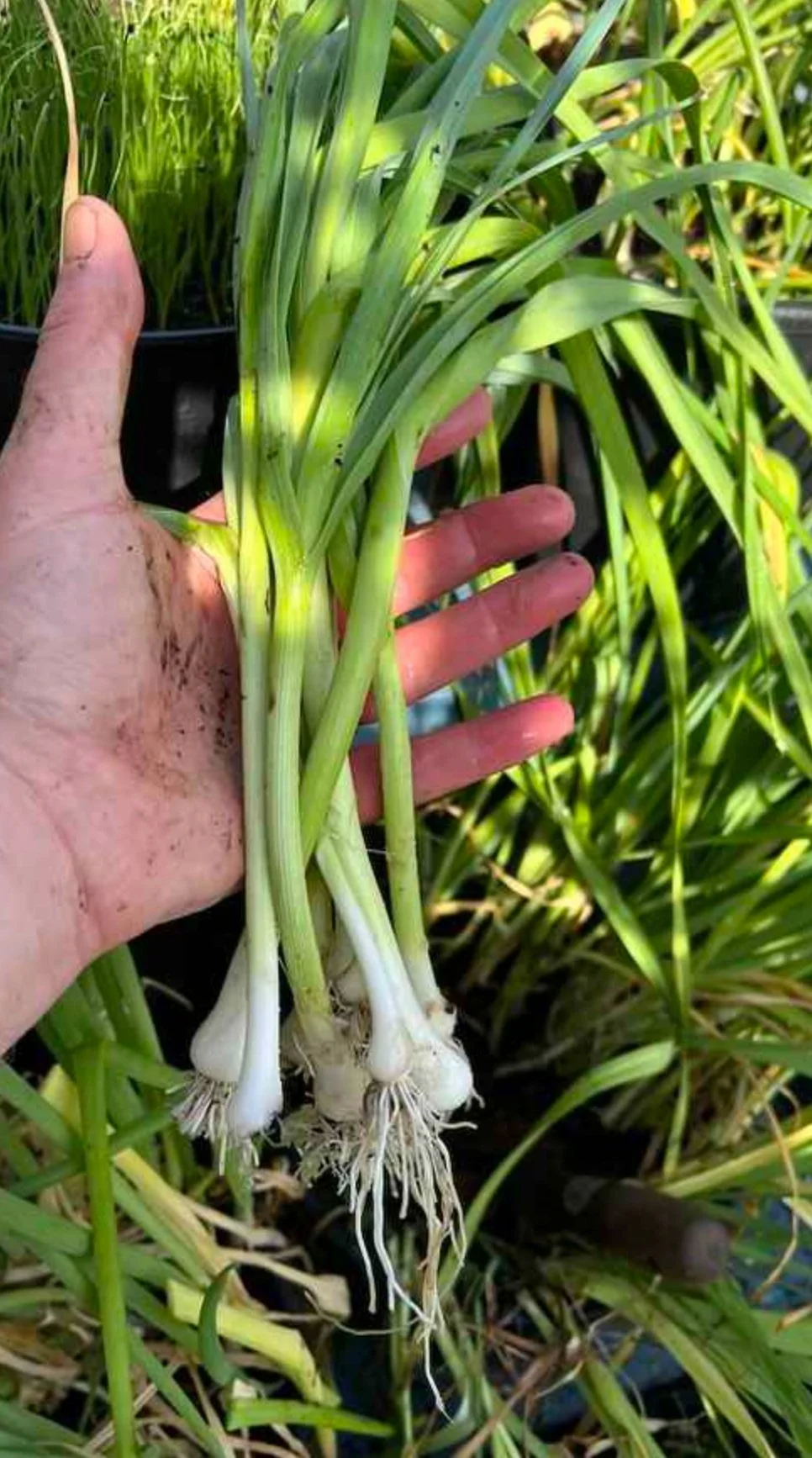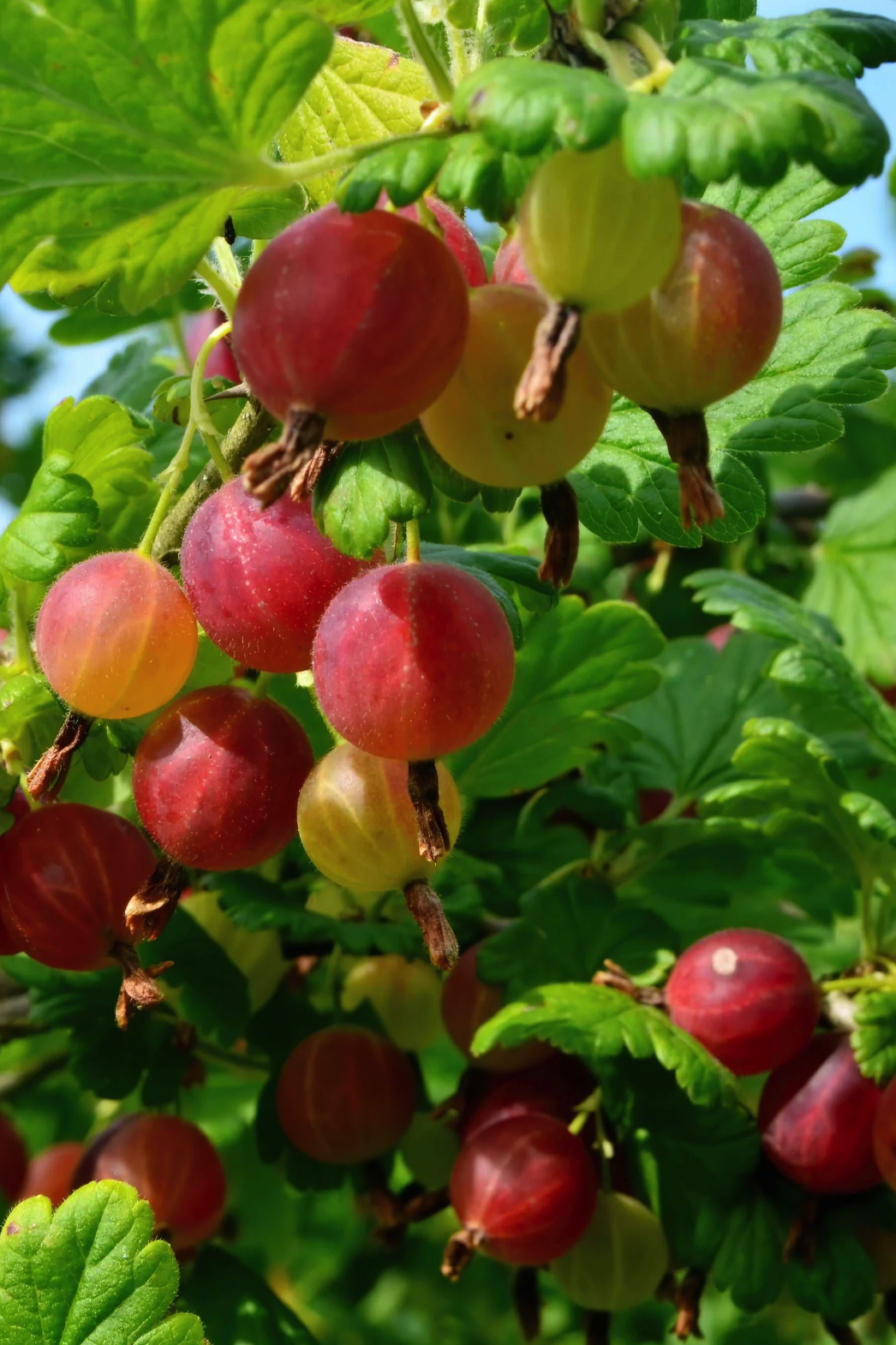
Growing Community Health and Wellness,
one plant at a time
How It Works
Building a perennial garden can start small and grow every year.
Working on funding through grants, fundraising, and other initiatives is the second step.
The first step is when we’ll work together to get an idea of the initial areas of land, who will be harvesting and utilizing the space, building a committee/board to follow through on various aspects, and dreaming big with long term goals in mind and breaking them down in to short term achievements.
Once these initial steps have begun, a master plan will be created with plantings, waterways, and utility storage. These plans can and, more than likely, will be changed and brought into phases depending on many different aspects like soil types, irrigation needs, foot traffic, nursery availability and more.
-

Community Garden
-

Church Garden
-

Daycare & School Garden
Perennial Low Growing Plants
-

Oregano
herb that is easily able to be preserved and used in the kitchen all year. Great understory plant that can reach about 6-12 inches tall
-

Chives
hardy herb with an onion taste that comes back and slowly spreads with purple edible flowers in early Summer
-

Lingonberry
growing 2-6 inches tall, creeping shrub with tart and tangy, red berries closely related to highbush blueberries and cranberries. However they take about 3-4 years to establish but after you can harvest from mid-August through Fall every year.
-

Strawberries
2 - 12 inches tall - there are many varieties of strawberries, some produce harvests in June and others throughout the Summer & Fall but they can all be eaten straight off the vine. A great staple in even the smallest of gardens and food forests.
-

Clammy Ground Cherry
Wisconsin native that blooms June - September with tomatillo-like fruits. It can grow 1-2 feet and spread on bare ground.
-

Egyptian Walking Onion
grow up to 2 feet tall, stalks eventually flop over from the weight of the bulbs (if not harvested) and replant themselves. Eat the young shoots and stems as green onions or the bulbs which also store well all year.
-

CAUCASIAN MOUNTAIN SPINACH
grows up to 9 inches tall in the early spring with tasty, edible shoots and leaves. Can easily climb a fence or trellis. More sunlight maximizes the production and growth of this plant but can tolerate shade.
-

sweet cicely
a self-seeding member of the carrot family. This plant grows and spreads rapidly wherever you plant it. Many plant it beneath trees to attract beneficial insects, and it doesn’t mind the shade. Pollinators especially love the spring flowers. use in vegetable and fruit salads or dips. Can be cooked into soups, stews, omelettes. The natural sweetness of the leaves has been used to reduce sugar in recipes, especially when stewing tart fruits.
Perennial Medium-Low Height Plants
-

Rhubarb
large leaves can be used as mulch on walkways and help build organic matter in the garden. Harvest the stalks after the first year or two, for a sweet & tart addition to baked goods, jellies and jams. By mid-summer (July), it’s best to leave stalks on the plant to allow them to gather energy for next year’s growth.
-

Asparagus
when first planted the fern-like foliage grows to about 4-5 feet tall if the young stems are not cut. Easy to grow, after two - three years to establish roots, harvests continue to multiply. Snap or cut spears when they are 8-10 inches tall but before the tips begin to open. Left alone by deer and rabbits, mid to late Spring harvests, and a tasty addition to any meal.
-

Huckleberry
several varieties do well in Wisconsin. Summer harvest of purple to black fruit. This evergreen shrub prefers colder climates and is Native to the Midwest. Grows about 1-3 feet tall and about 2-3 feet wide
-

Hardy Kiwi Vine
great for borders or covering fences, this vine needs a supportive structure to grow around, like a trellis, fence, or pergola. To ensure successful pollination one male plant for every six female plants. Prefer full sun and low winds. They can be used in the same way as kiwis, and they’re mostly eaten fresh. Vines can grow 20 feet long & wide.
-

Fiddlehead - Ostrich Fern
shade loving understory plant, Fiddleheads must be cooked before consumption to neutralize a harmful enzyme. Once cooked has a taste reminiscent of asparagus or green bean. Grows to 3+ feet and is easily maintained.
-

Scallions
In the first year, scallions are small, so they’re great for adding to stir-fries or other recipes. However, over time, scallions get quite large, and if you leave them in the garden, they turn into perennials. When left alone scallions can reach 4-5 feet tall.
Perennial Medium-High Height Plants
-

Gooseberry
a type of currant with sweet and tart varieties, usually prefer sun to part shade, they have thorns. Shrub that can get to about 5 feet tall.
-

Honey berry - Shrub
after 1-2 years of growth harvest very tasty large berries, with a similar color and flavor to blueberries. Requires two varieties for pollination, plant at least one "Beauty" and one "Beast”. This shrub can get 4-6 feet tall and harvested early - mid Summer
-

Serviceberry / Juneberry
several varieties, some are large shrubs others are single- or multi-stemmed small trees. White spring flowers, yellow to red fall foliage, and edible purple fruit. Grows 4-25 fee tall. Saskatoon is the one of the best varieties for eating berries
-

Raspberry
most prolific of the berry bushes, producing more fruit and more new raspberry plants than any single berry bush. Most varieties grow to about 5 feet high, left unpruned many cultivars can reach 8'-9' tall and easily spread. Prefers full sun location
-

Elderberry
self-fertile, but often fruit better with the other variety present. Prefers full sun, grows up to 6 feet tall. Once established, it is very low-maintenance. It is a vigorous grower with shallow roots and can perform well as a deciduous, edible hedge or windscreen.
-

Jerusalem Artichokes / Sun Chokes
great pollinator that blooms through October with Sunflower/Daisy like flowers. Spreads aggressively through underground rhizomes, the tuber roots are harvested in fall right after the first frost or early spring. The tubers can be used like artichokes, water chestnuts, or potatoes, added to stews and soups. Underground 18 inch barrier recommended due to aggressive spreading
-

Seaberry
high content of Vitamin C and E, grown in full sun. Able to kept at a shrub height or grown to 10+ feet tall. The powerfully-flavored berries, which taste like a punch of orange and a hint guava, are delicious in jams and juice. Wind-pollinated; one male plant will pollinize 6-8 surrounding female plants.
-

Blueberries
grow as a bush and come in a number of sizes up to 6 feet tall. From balcony pots to wide open spaces blueberries require full sun. Cross-pollination with a partner plant of a different variety will greatly increase the size, quantity, and quality of the blueberry harvest
Perennial High Height Plants
-

Cornelian Cherry Dogwood
20 to 25 feet high tree or large shrub, yellow flowers bloom in early spring, dark red fruits which ripen in late Summer. Prefers full-part sun.
-

Apple Tree
dwarf varieties for easier harvests in Fall, the first few years pruning and watering a key to the tree’s health. Once established an apple tree can last generations.
-

Pear Tree
among the easiest tree fruits to grow, a wide variety of sweet tasting fruit that can provide food for lots of people. No reliable dwarfing root stocks are available so planning 140-200 square feet along a gentle slope is ideal. In the first year watering 3-5 gallons a week if rain is insufficient is ideal.
-

Paw Paw Tree
two or more of these shade tolerant trees is ideal, harvest in late Summer and Fall. Fruit is soft-skinned and fleshy and is easily bruised and damaged, tasting of mango - bananana - strawberry. Native to Illinois, Kentucky, Pennsylvania, eating a small amount at first because some people are allergic.
-

Nanking Cherry Tree
reaches up to 15 feet tall. cherries are only about 1/2 inch in diameter but easily maintained with high yields and vigor. Prefers a sunny location and tolerates high winds. You need two or more shrubs for cross-pollination that are planted within 100 feet of each other.
-

SHIPOVA Tree
a cross between the European pear and rowanberry dating back to the 1600s. These trees are self-fertile and need a sunny location. It takes a long time to mature, 4-7 years on average, to fruit.


